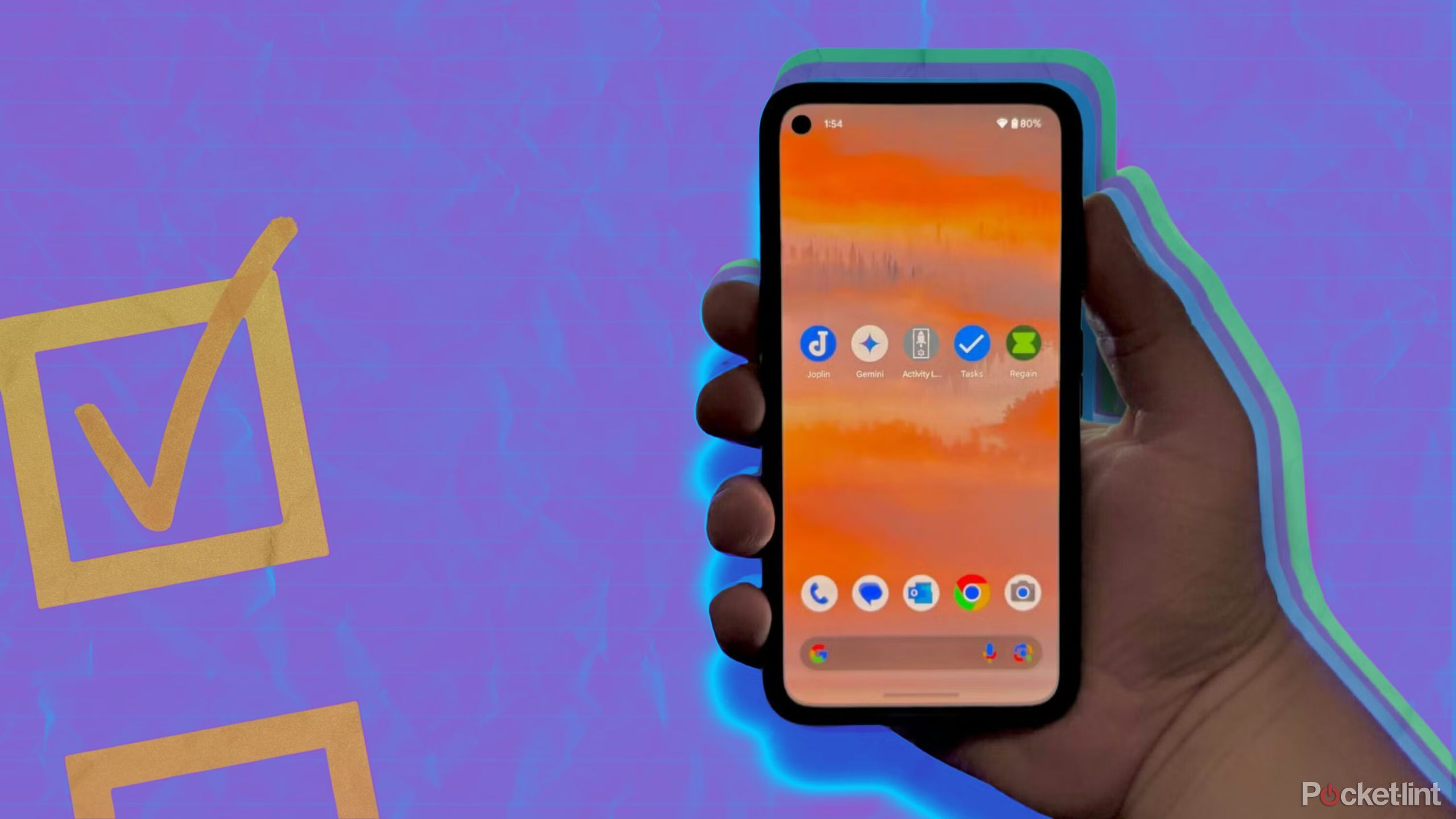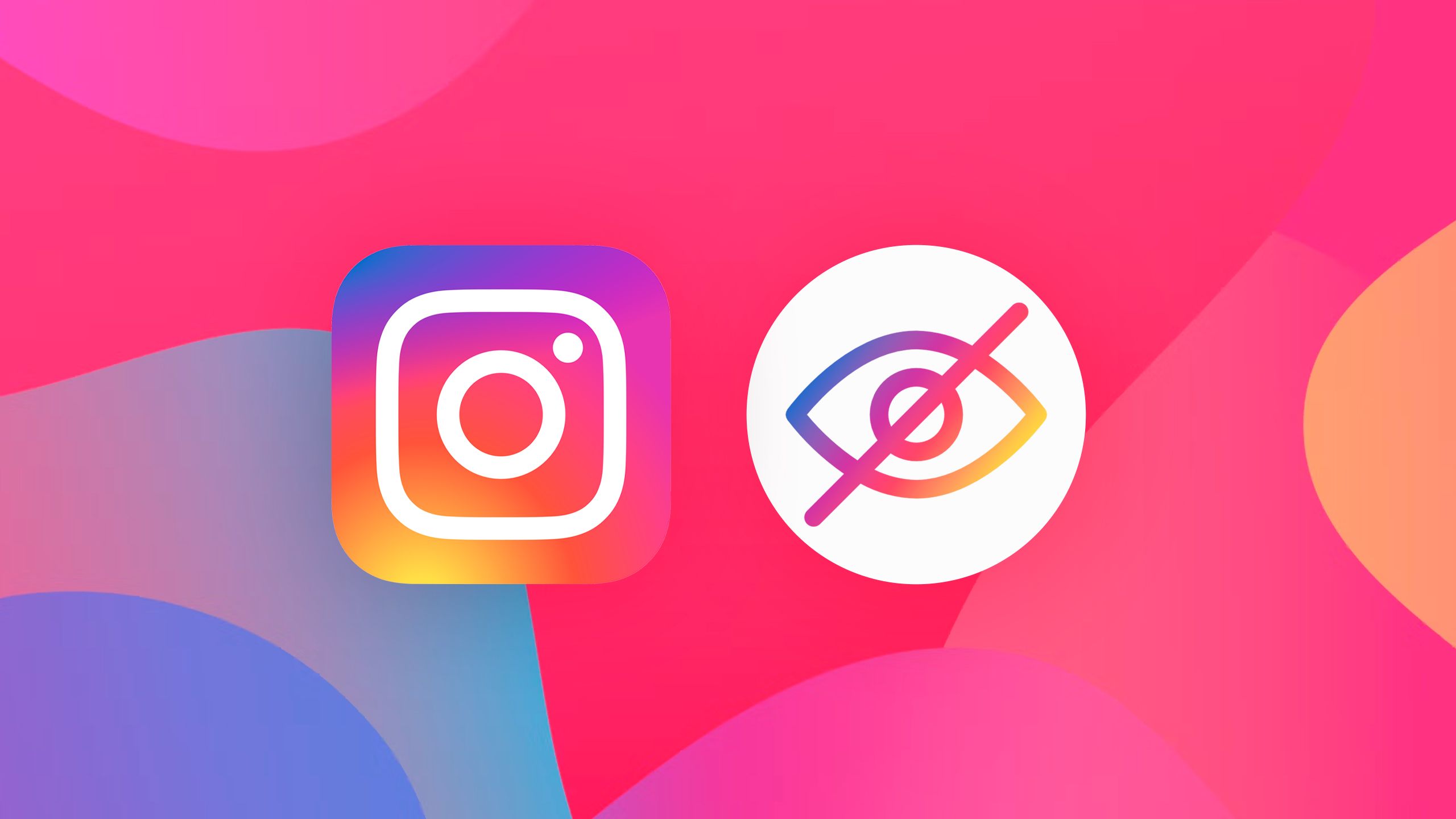Google shuts down its AR headset Project Iris: Here’s what it plans to do next
Google was working on an AR headset project called “Project Iris” in 2022. However, the latest report for Insider reveals that the company has cancelled the project, it cited three people who are familiar with the matter.
At Google I/O last year, Google revealed translation glasses. These glasses had another version with transcription and navigation features, which Google said it would start public testing last July. The report indicates that these glasses are no longer in development.
According to Insider, Project Iris faced layoffs and changing strategies during development, and Google’s VR/AR head Clay Bavor left the company four months ago. Kurt Akeley, a distinguished engineer who we reported was working on the project, has “retired” on his LinkedIn page. Two others are still involved with AR, including Mark Lucovsky, the senior director of operating systems for AR at the company.
It appeared that Google had a clear plan for AR hardware before this latest development. It acquired North in 2020, and Business Insider’s report says that “an early version of Iris was very similar to the Focals, North’s first device.”
Google is now focusing on software instead of hardware, according to the Insider. It is creating a “micro XR” platform that it could license to other headset manufacturers, much like how Google provides Android to a broad ecosystem of phones.
Insider sources say that the upcoming Samsung headset was based on Google’s goggles. Google, Samsung, and Qualcomm announced in February that they were working together on a new mixed-reality platform.
Apple Vision Pro
Apple announced its Vision Pro headset during the WWDC this year. It is a device that blends digital content with the physical world using spatial computing. It runs on visionOS and has a 3D user interface that reacts to a user’s eyes, hands, and voice.
The device is made of a single glass piece that is shaped and laminated in 3D and then polished to make an optical surface that works as a lens for the many cameras and sensors.
The headset has Light Seal, a soft fabric that fits a user’s face and comes in different shapes and sizes. It also has flexible straps that keep the audio near the user’s ears and a Head Band that is a 3D knitted fabric piece that offers padding, breathability, and stretch. The band can be easily changed with another band using a simple mechanism and comes in various sizes.
The post Google shuts down its AR headset Project Iris: Here’s what it plans to do next appeared first on Techlusive.

Google was working on an AR headset project called “Project Iris” in 2022. However, the latest report for Insider reveals that the company has cancelled the project, it cited three people who are familiar with the matter.
At Google I/O last year, Google revealed translation glasses. These glasses had another version with transcription and navigation features, which Google said it would start public testing last July. The report indicates that these glasses are no longer in development.
According to Insider, Project Iris faced layoffs and changing strategies during development, and Google’s VR/AR head Clay Bavor left the company four months ago. Kurt Akeley, a distinguished engineer who we reported was working on the project, has “retired” on his LinkedIn page. Two others are still involved with AR, including Mark Lucovsky, the senior director of operating systems for AR at the company.
It appeared that Google had a clear plan for AR hardware before this latest development. It acquired North in 2020, and Business Insider’s report says that “an early version of Iris was very similar to the Focals, North’s first device.”
Google is now focusing on software instead of hardware, according to the Insider. It is creating a “micro XR” platform that it could license to other headset manufacturers, much like how Google provides Android to a broad ecosystem of phones.
Insider sources say that the upcoming Samsung headset was based on Google’s goggles. Google, Samsung, and Qualcomm announced in February that they were working together on a new mixed-reality platform.
Apple Vision Pro
Apple announced its Vision Pro headset during the WWDC this year. It is a device that blends digital content with the physical world using spatial computing. It runs on visionOS and has a 3D user interface that reacts to a user’s eyes, hands, and voice.
The device is made of a single glass piece that is shaped and laminated in 3D and then polished to make an optical surface that works as a lens for the many cameras and sensors.
The headset has Light Seal, a soft fabric that fits a user’s face and comes in different shapes and sizes. It also has flexible straps that keep the audio near the user’s ears and a Head Band that is a 3D knitted fabric piece that offers padding, breathability, and stretch. The band can be easily changed with another band using a simple mechanism and comes in various sizes.
The post Google shuts down its AR headset Project Iris: Here’s what it plans to do next appeared first on Techlusive.



